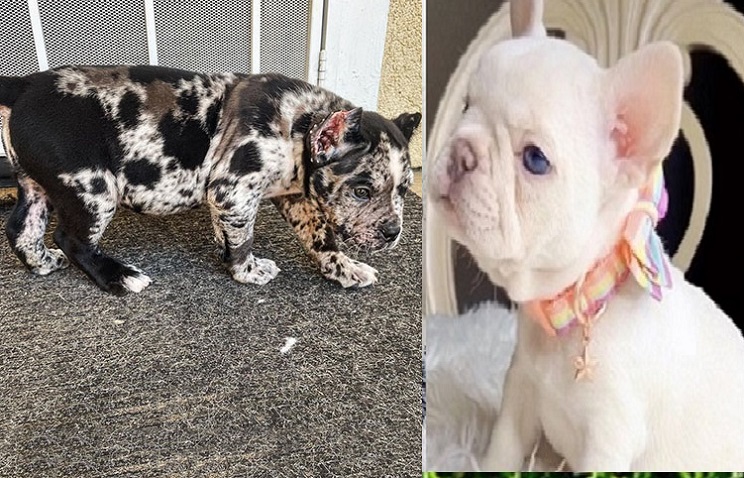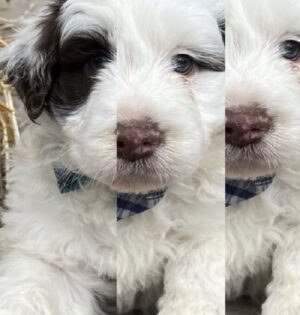Description
Cane Corso Ear Cropping: Tradition vs. Ethics
Cane Corso Cropped Ears and Tail
5 Common Misconceptions About Cane Corso Tail Docking
Caring for Cropped Ears: Tips for Cane Corso Owners
The Debate: Cropped vs. Uncropped Cane Corso Ears
Understanding the Reasons Behind Tail Docking in Cane Corsos
Step-by-Step Guide to Proper Ear Taping for Cane Corso Puppies
The Emotional Impact of Ear Cropping on Cane Corso Dogs
Legalities of Ear Cropping and Tail Docking: What Every Owner Should Know
Interview with a Veterinarian: The Risks and Benefits of Ear Cropping in Cane Corsos
From Past to Present: Evolution of Ear Cropping in Cane Corso Breeds
Top Myths About Cane Corso Ear Cropping Debunked
Tail Docking Procedures: A Closer Look at Cane Corso Practices
Cane Corso Ear Cropping: A Cultural Perspective Around the World
In-Depth Comparison: Cane Corso Ear Cropping Techniques
The Future of Cane Corso Breed Standards: Ear Cropping and Tail Docking Trends
Unveiling the Beauty: Cane Corso Cropped Ears and Tail
Understanding the Traditions Behind Cropping Cane Corso Ears
Cropping the ears of a Cane Corso has a long history rooted in both functional and aesthetic reasons. Traditionally, the ears were cropped to enhance the dog’s ability to hear and protect itself while hunting or assisting in various tasks. The practice also became popular for aesthetic purposes, giving the Cane Corso a distinctive and powerful appearance. However, in modern times, the practice of ear cropping has become controversial, with some arguing it is unnecessary and inhumane.
The Controversy Surrounding Cane Corso Tail Docking
Tail docking, like ear cropping, has a controversial past and present. Historically, tails were docked on working dogs to prevent injuries while hunting or working. However, many now argue that tail docking is unnecessary and can cause long-term health issues for the dog. In some countries, tail docking is even illegal except for certain working dogs.
The Impact of Cropped Ears and Docked Tails on Cane Corso
While the decision to crop a Cane Corso’s ears or dock its tail is ultimately up to the owner, it is essential to consider the potential impact on the dog’s well-being. Cropped ears can affect the dog’s ability to communicate through ear movements and expressions, while docked tails can impact balance and communication with other dogs. It is crucial for owners to weigh the aesthetic preferences against the potential negative consequences for their beloved pet.
Responsible Ownership and Ethical Considerations
As responsible pet owners, it is crucial to consider the ethical implications of cropping a Cane Corso’s ears or docking its tail. While these practices may be legal in some regions, it is essential to prioritize the well-being and comfort of the dog above aesthetic preferences. Consulting with a veterinarian and understanding the potential risks and benefits can help make an informed decision that aligns with both the dog’s welfare and personal beliefs.
Conclusion
In conclusion, the decision to crop a Cane Corso’s ears or dock its tail is a personal one that should be made with careful consideration and thought. While these practices have historical significance and aesthetic appeal, it is essential to prioritize the well-being and comfort of the dog above all else. By understanding the traditions, controversies, and potential impacts of ear cropping and tail docking, owners can make an informed decision that ensures the health and happiness of their beloved Cane Corso.




